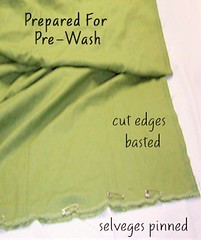BACHELOR PLEAT (TM)...Revisited
MORE ABOUT the BACHELOR PLEAT (TM)...
Recently I've had some additional questions about the shirt detail I call the "Bachelor Pleat".
"Is the name trademarked, or the actual pleat?"
...Just the name.
"Isn't this just an inverted box-pleat with an insert?"
...Well, not "just" a box pleat. What differentiates this pleat is how it is finessed. Please note the photograph below. The back of a Bachelor Pleat shirt is shown, along with a close-up of the area where the Back meets the Yoke (click on the photo to see detail, use "back button" to return).

First, note the pleat folds. Both the inner and outer folds are edge-stitched along their entire length before the pleat is stitched to the yoke. Now look closely at the area right where the pleat joins the yoke. See the slight overlap? It's very tiny, but one side of the pleat overlaps the other by a miniscule amount. Why? It helps the pleat lay smoothly when the shirt is worn, and strengthens the pleat where it meets the yoke.
"Why is it called a Bachelor Pleat?"
...I first introduced shirts with this pleat detail during the 1980's. One of my clients told me how convenient this design is for bachelors like himself, because he could just take the shirt out of the clothes-dryer and put it on....with no ironing! I've called this design detail The Bachelor Pleat (TM) ever since.
Labels: More Shirt Designs, Tips / Techniques










